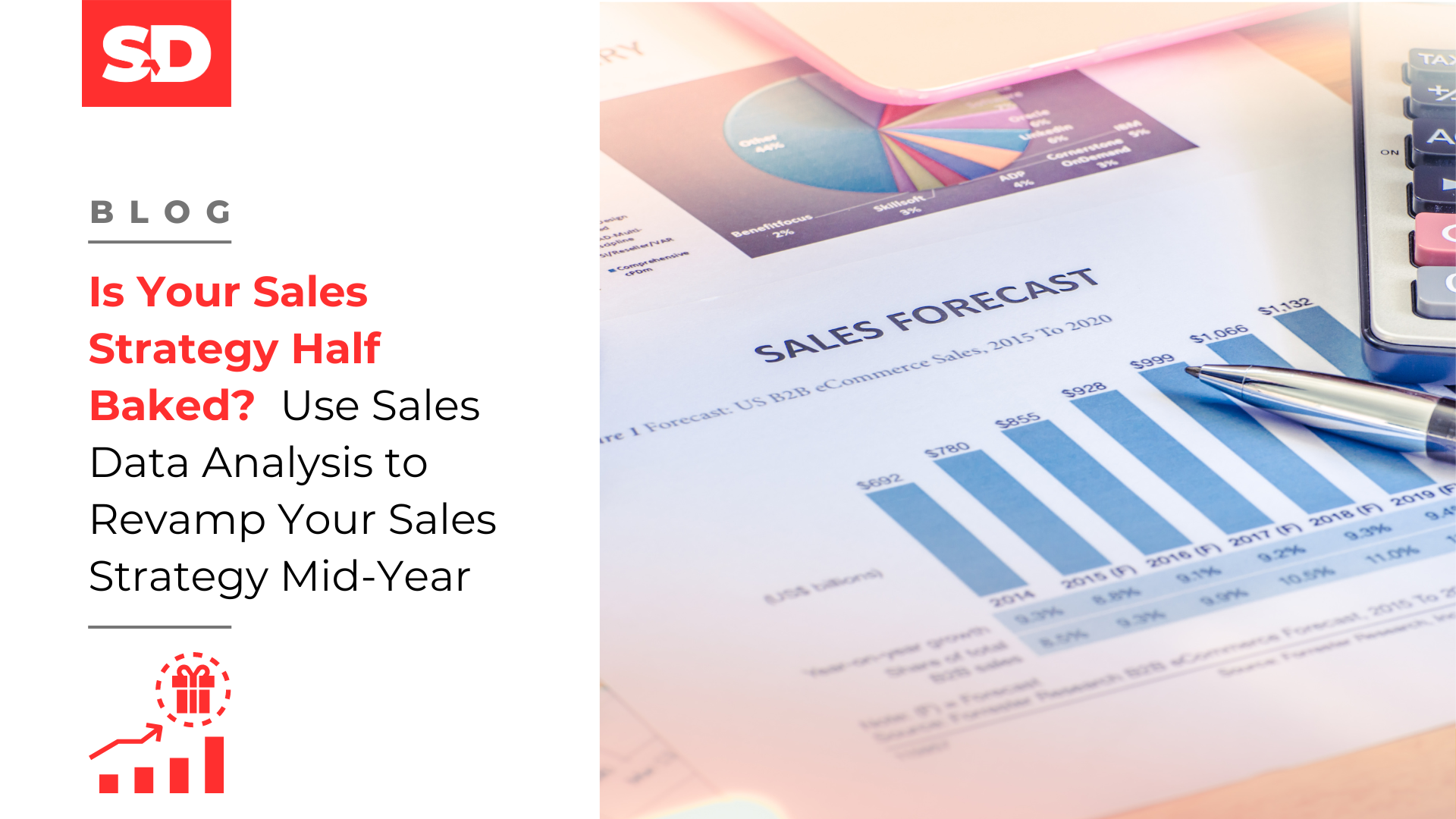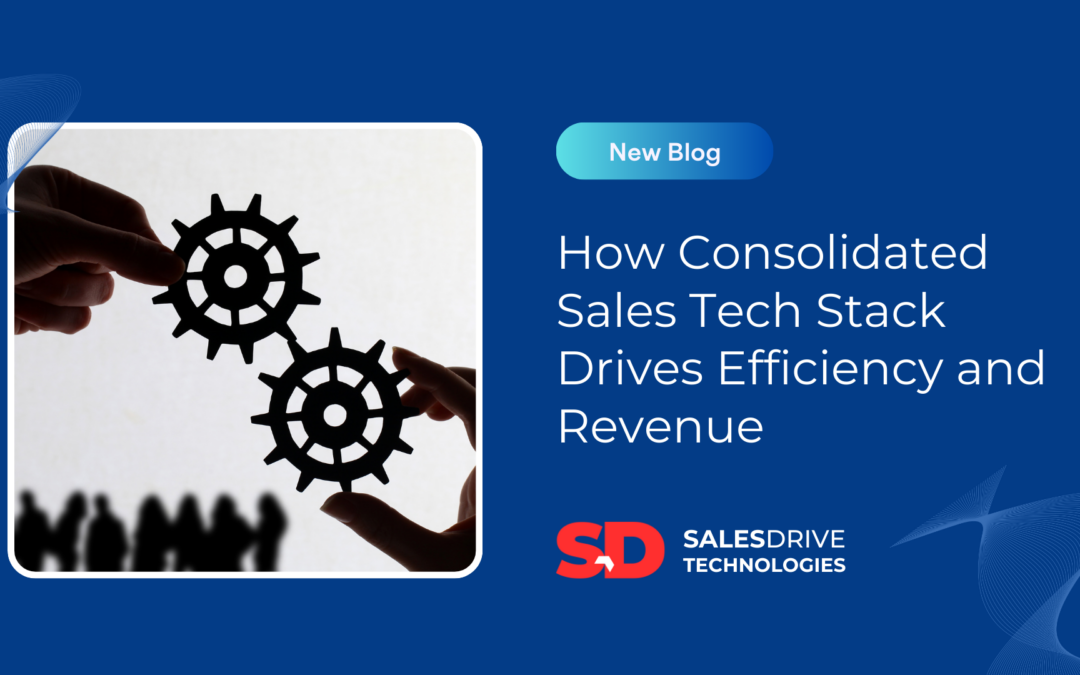Is your sales team working hard, putting in the hours, yet falling short of targets? It’s not unusual. Even the most meticulously crafted sales plans can be thrown off course by an unpredictable market. Customer needs evolve, economic conditions shift, and new competitors emerge – all conspiring to derail your carefully laid strategy.
The halfway point of the year is more than just a time to check in on your progress. It’s a crucial opportunity to assess your sales performance and identify areas for improvement. This is where sales data analysis becomes crucial.
By leveraging data, you can gain valuable insights into your sales performance, identify areas for improvement, and revamp your sales strategy for the rest of the year. Here’s why a mid-year data analysis is critical and how it can help you course-correct for success:
The Challenge of the Unpredictable Market
Shifting customer preferences can render previously effective sales strategies less impactful. For example, a new technology might emerge that completely changes how your target market interacts with your product or service. Economic conditions can also throw a wrench on your plans. An unexpected recession might cause customers to tighten their purse strings, forcing you to adjust your pricing or develop new sales channels. And let’s not forget about the ever-evolving competition. New players are constantly emerging, and even established competitors are innovating at a rapid pace. Relying solely on intuition or outdated data can leave you playing catch-up, missing out on valuable opportunities while your competitors surge ahead.
Why Mid-Year Analysis is Critical
The halfway point of the year presents a golden opportunity to take stock of your sales performance. Here are some key questions sales leaders should ask themselves at this juncture:
Are we on track to achieve our annual sales goals?
By comparing your current sales figures to your annual targets, you can assess your progress and identify any shortfalls. This allows you to adjust your sales strategy for the remaining months to ensure you stay on track.
Are sales territories balanced?
Balanced territory distribution is essential for fair compensation and maximizing sales potential. Data analysis reveals any imbalances in territory performance, allowing you to adjust to ensure each salesperson has an equal chance of success.
Are our sellers equipped with the right tools and resources?
Your sales team needs the right tools and resources to be successful. Data analysis can help you identify areas where your sellers might be lacking, such as access to customer data or marketing materials. By providing the necessary support, you can empower your team to close more deals.
How Sales Data Analysis Can Help You Revamp Your Strategy
Sales data analysis isn’t just about historical numbers; it’s a powerful tool for illuminating the future. Here are a few ways data analysis can help you revamp your sales strategy:
Identify Trends and Make Better Forecasts:
Data analysis can reveal sales trends and customer behavior patterns. This information can be used to set realistic sales targets and quotas that are achievable in the current market climate.
For example, by analyzing historical sales data alongside market research and industry trends, you can identify product categories or customer segments that are experiencing significant growth. You can then adjust your sales strategy to focus on these high-growth areas, allocating resources to sales teams or territories with the greatest potential for exceeding targets.
Additionally, data analysis can help you identify any declining sales trends. By understanding the reasons behind these declines, you can take corrective action, such as developing new marketing campaigns or reformulating your sales pitch to better resonate with customer needs.
Make Data-Driven Decisions:
Is your cold calling strategy yielding results? Are your marketing campaigns reaching the right audience? Data analysis can help you answer these questions and many more. By diving deeper into your sales data, you can gain insights into the effectiveness of your various sales and marketing initiatives.
For example, you can track key performance indicators (KPIs) such as conversion rates, cost per lead, and lead quality. Analyzing this data can reveal which tactics are generating the most qualified leads and producing the highest ROI. You can then double down on these successful strategies and eliminate any tactics that are draining resources without producing a positive return.
Additionally, data analysis can help you identify areas where your sales process might be broken. For example, you might discover a high abandonment rate at a particular stage in the sales funnel. By pinpointing these bottlenecks, you can take steps to streamline your sales process and improve conversion rates.
Stay Agile:
Data analysis can help you identify changes in the market and customer behavior.
Imagine you’re a sales leader for a company that sells project management software. Through mid-year data analysis, you discover a significant increase in website traffic from small and medium-sized businesses (SMBs). You then delve deeper into the data, analyzing customer support inquiries and win/loss reports. This reveals that SMBs are increasingly interested in cloud-based project management solutions with flexible pricing plans.
By recognizing this shift in customer preference, you can adapt your sales strategy to target SMBs more effectively. This might involve developing new marketing materials that highlight the benefits of your cloud-based solution for SMBs and training your sales team to address the specific needs and pain points of this customer segment. By being agile and responsive to market changes, you can position your sales team to capitalize on new opportunities and outpace the competition.
Actionable Steps for Using Data to Revamp Your Sales Strategy
Knowing the benefits of data analysis is one thing but putting it into action is another. Here are some practical steps you can take to leverage data for a mid-year sales strategy revamp:
Automated Data Integration and Analytics:
Manually collecting and analyzing data is a time-consuming and error-prone process. Investing in a data integration tool can automate data collection from various sources and streamline the analysis process, freeing up your time to focus on strategic decisions.
Set SMART Goals: Once you have a clear picture of your sales performance through data analysis, set Specific, Measurable, Achievable, Relevant, and Time-Bound (SMART) goals for the remaining months.
Focus on High-Value Opportunities: Data analysis can help you identify the most productive sales opportunities for your team. By prioritizing these high-value opportunities, your sellers can focus their energy on closing deals that will have the biggest impact on revenue.
Develop Targeted Customer Retention Strategies:
Data analysis can help you identify at-risk customers who might be considering jumping ship to a competitor. With this knowledge, you can develop targeted retention strategies to win back their loyalty.
Motivate Your Sales Team: Data analysis empowers your sales team by providing them with valuable insights into customer behavior and market trends. This knowledge equips them to approach prospects with confidence and close more deals.
Conclusion
The halfway point of the year doesn’t have to be a checkpoint of disappointment. By leveraging sales data analysis, you can transform it into a springboard for success. By identifying areas for improvement and revamping your sales strategy based on data insights, you can empower your team to achieve predictable revenue growth and a strong finish to the year. So, don’t let the unpredictable market dictate your sales performance. Take control, leverage data, and watch your sales soar!
Need Help Implementing a Data-Driven Sales Strategy?
Salesdrive Technologies, a leading provider of Oracle CX solutions, is here to help. Our team of experts can help you design and implement a data-driven sales strategy that maximizes your team’s potential.
Contact Salesdrive today and learn how we can help you leverage the power of data to achieve predictable revenue growth and take your sales performance to the next level.
For more such insightful blogs on sales performance optimization, visit ww.salesdrivetech.com




